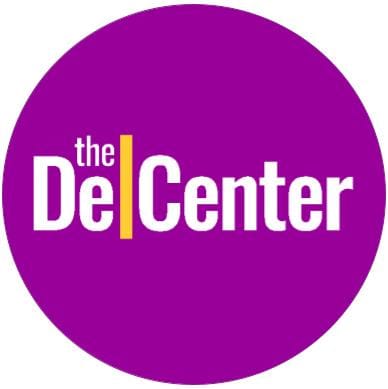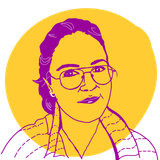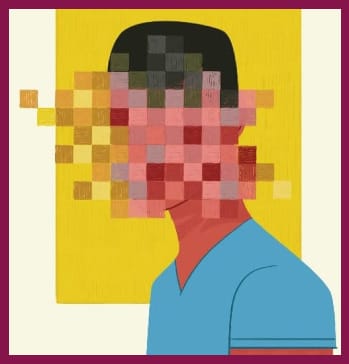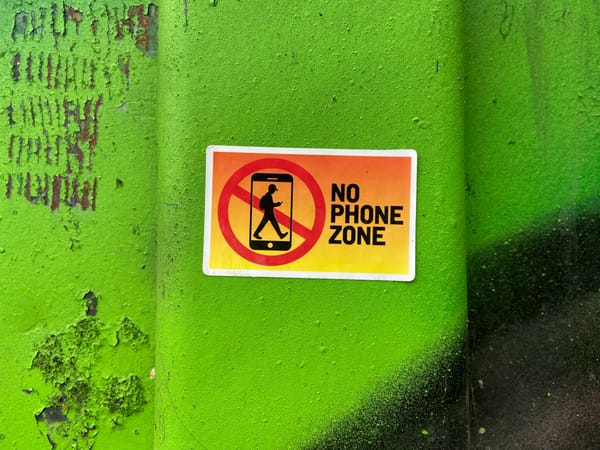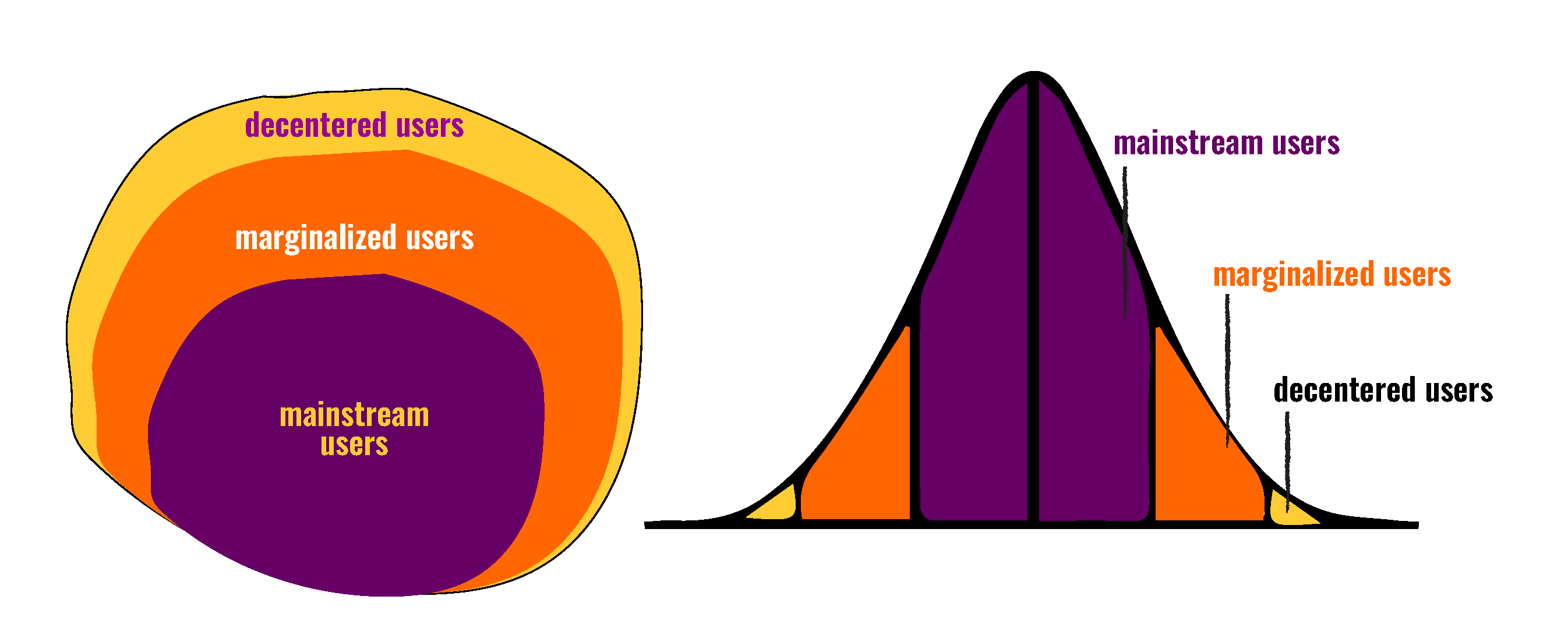Calling All Technologists: The Era of Neutrality Is Over

“Movement lawyering” is the idea that lawyers can go beyond just representing clients to work with communities as well, standing alongside them to push for structural change and advance collective liberation. In 2025, when tech is the choke point between people and their work, connection with loved ones, and civic participation, we also need “movement technologists.”
Across most of the hundreds of years the formal practice of law has existed, lawyers failed to draw a distinction between what was legal and what was just. They saw their obligation as advocating for a good outcome for their clients within the existing legal regime. Beginning in the 1990s, progressive legal advocacy and client representation was transformed by a framework called “movement lawyering.” It was also known as rebellious or social change lawyering and posited that rather than stand to the side as a supposedly “neutral” agent, lawyers might align with their clients in both mission and identity, sharing the struggle for justice. In this framework, we can ethically continue working within a system that is fundamentally, structurally unjust to achieve meaningful wins for our communities.
Movement lawyering was powerful and influential in my own life and work. When I was practicing as an attorney and leading the Cyberlaw Clinic at Harvard Law School, my students and I were partners to our clients, relying on their expertise – often hard-won through personal experience of technology’s harms – and drawing on our knowledge of the law and the remedies it can afford to suggest possible paths forward.
We avoided jargon, laying out bureaucratic complexity in plain language so that our clients could tell us what felt right to them. We often found ourselves advising against legalistic solutions like litigation, which would draw much-needed attention and resources away from the core of our clients’ missions. There is a deep humility in this type of advocacy: to do it, you have to decenter your own professional expertise, and prioritize other forms of authority. This can be deeply unsettling, as lawyers are urged to internalize the importance of our profession from the earliest days of law school, and can end up tying it to our own self-worth. That said, what awaits on the other side is the joy and comfort of community, feeling yourself as part of a greater whole.
Afsaneh Rigot was a client of mine before we joined forces to start the De|Center. It was the principles of movement lawyering that drew us together, aligning on a vision for change that supported the publication of her Digital Crime Scenes report on how digital evidence is used to persecute queer folks in Egypt, Lebanon, and Tunisia. It ultimately led me to a career shift, devoting myself to advocating for Design from the Margins (DFM) full-time.
From this new vantage point, as we at the De|Center work to build collaborative relationships that bring decentered communities’ needs for harm reduction in tech into reality, I’m convinced that the ideals and strategies underlying movement lawyering are equally relevant for technologists. While the decisions of judges and administrative agencies remain a formal backstop, increasingly, it’s technology rather than law that dictates whether someone gets a job, has access to social services, and can connect with their community. In other words, tech determines whether or not people have meaningful enjoyment of their fundamental human rights.
Like lawyers before them, many technologists have not breached the wall between their core values and the intellectual passion for their jobs. They write code and build tools that advance efficiency and pursue innovation, not always deeply reflecting on how what they are making could and will be used. Like many lawyers, they see their work as “neutral,” not recognizing that in a structurally unjust system, neutrality only serves the oppressors. Other technologists may find themselves wrapped up in a savior complex, trying to help without asking the people who are directly impacted about their needs and the stakes they face. As a result, for example, the convenience of FaceID for privileged populations can yield surveillance states in other contexts. Free, peaceful protests can be suppressed. Random street stops can land a queer person in jail on the basis of the “evidence” in their phone’s photo gallery.
Many technologists were drawn to the industry by their belief that innovation can change the world for the better, and they are not wrong: it’s a powerful tool that has changed individuals’ lives and transformed society in significant ways. But recent history has taught us that power is a double-edged sword, equally capable of yielding horrific harms. Movement technologists should reconnect, as I did, with their core values of social justice, harnessing their skills and experience to build tech that is futureproof against abuse by authoritarians and oligarchs.
What would the practice of movement technology look like? DFM gives us a blueprint: it calls on technologists – and others with influence on how tech is designed and deployed – to identify and address the gaps that allow tools to be weaponized. Like movement lawyers, we do this by following the lead of the communities who are most impacted: those historically marginalized and criminalized, such as queer and trans folks, refugees, indigenous peoples, human rights defenders, and those living in poverty. Like nearly everyone else in 2025, these groups use tech daily, but because the threats to their privacy and security are equally quotidian, they have a sharp sense of where the risks are – and a good number of stealthy workarounds. Not only do we identify this reality, we allow community needs to guide our work. By being in sustained community with them, then leveraging our skills, networks, and relative privilege, we have begun to see incredible impact.
There are already movement technologists out there, though they haven’t all been using the term or fully aligned on the strategies. Some of them, like the Guardian Project and Norman Shamas, have been working with us to make harm reduction changes to the tools and features released by global tech giants. Dating apps like Grindr have introduced a host of security features based on their engagement with marginalized and criminalized communities. A particularly clever and appealing one is the discreet app icon. After they learned that queer refugees were being detained at checkpoints in some jurisdictions when border police learned to identify the Grindr logo, the company allowed users to opt to replace it with alternatives, making it appear inconspicuously like a weather or notebook app. Signal followed suit, as have others. Equally important, many messaging apps, including WhatsApp, allow users to customize the time frame for their disappearing messages and lock and hide sensitive chats. This way, our phones no longer hold infinite data for authoritarian governments to comb through until they find something to which they object.
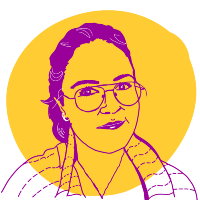
One of the most inspiring aspects of what movement lawyers and technologists do is that they change the system itself from the inside, even when those changes are slow and hard-won. To be sure, there are limits to what can be done from within some of these systems. Surveillance tech only deserves to be abolished, for example. But the tools of movement-aligned work are special in that they don’t only change tech products and features, they change us. When we are truly in community with people whose life experiences are different from our own, collaborating and building momentum together, learning with and from one another, we are simultaneously challenged and renewed. Those relationships sustain us. Movement-aligned professionals can become translators, looking at the changes their communities need and finding ways to frame them in the language of company priorities. On the one hand, this strategy allows the professionals to appeal to folks at the top who may not agree that marginalized users matter to the same degree – if at all. On the other, it allows these same professionals to frame their own work within the language and values of the communities with whom they align.
Our research at the De|Center shows that intentional harm reduction changes are keeping people safe and out of jail. Those outcomes matter. But how do we keep it up even as we look around and see anti-democratic backsliding around the world? When we see evidence that major tech companies are facilitating yet another genocide? During these overwhelming times, movement lawyers and technologists can find solace in our communities. Our relationships within the movement are reciprocal: our partners not only provide us the insight we need to advocate for meaningful change, but also the inspiration – and sometimes, just the right absurd emoji – to keep pushing. Under impossible circumstances, we find the sustenance we need in community and solidarity.
De|Center in the World
Wrapping up with the Harvard Law School International Human Rights Clinic
This spring, our Managing Director Jessica Fjeld was a Practitioner-in-Residence at the Harvard Law School International Human Rights Clinic. It was an eventful couple of months. For one, the clinic was called out by name in the Trump administration’s initial letter to Harvard University. All the while, Jess worked with several current HLS students to code and analyze interviews that Afsaneh Rigot had conducted over the previous year, in anticipation of a forthcoming report. The students reviewed interviews from Palestine, El Salvador, Kenya, Uganda, and more, and found that the interviews contained a number of themes that resonated with our previous research, including law enforcement’s use of low-tech methods alongside (and often, instead of) more high-tech surveillance. The De|Center is deeply grateful to the students who worked with us, and the International Human Rights Clinic as a whole, for their support and solidarity.
Design from the Margins Featured in New Guidance from the Partnership on AI
In April, the Partnership on AI launched Guidance for Inclusive AI: Practicing Participatory Engagement, a new framework with detailed guidance for tech business leaders, developers, and deployers on how to ethically engage with stakeholders across the AI lifecycle. Afsaneh Rigot was a member of the global task force – a cross-sector group of civil society leaders, industry practitioners, and community advocates – which co-developed this values-driven framework, and it uses and recommends Design from the Margins principles.
Meet Our Team
Afsaneh Rigot is the Founder and Principal Researcher of the De|Center. She is also an advisor to the Cyberlaw Clinic at Harvard Law School and ARTICLE 19, as well as an affiliate at the Berkman Klein Center at Harvard University. She is the author of the Design From the Margins methodology and a number of landmark research projects on tech, human rights, international policing, and state violence.
Jessica Fjeld is the Managing Director of the De|Center. She is also an affiliate of the Berkman Klein Center for Internet & Society, a guest instructor at Harvard Law School’s International Human Rights Clinic, and a member of the boards of the the Data Nutrition Project and the Center for the Study of Technology and Society (CETyS) at Universidad de San Andres.
Roja Heydarpour is a writer and editor for the De|Center. She has worked for The Daily Beast, The New York Times, Al-Monitor, and Columbia Global Reports, among others and teaches ESOL and citizenship preparation classes at the Brooklyn Public Library.
Find our Advisory Board Members and Guardrail Advisors on our site: The De|Center
Also, we’re now on social media! Be some of the first to follow us and share.
Thanks for reading! Please subscribe for free to receive new posts and support the work.
